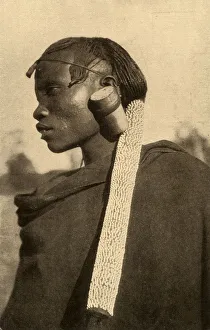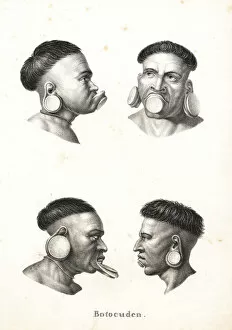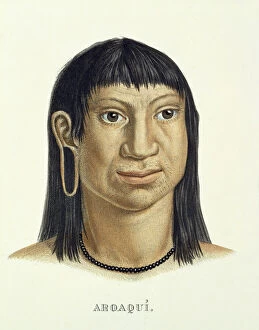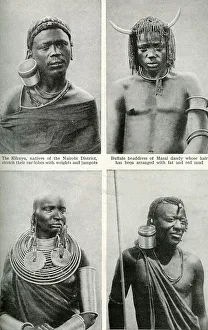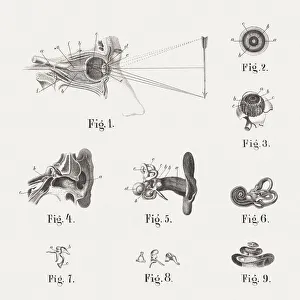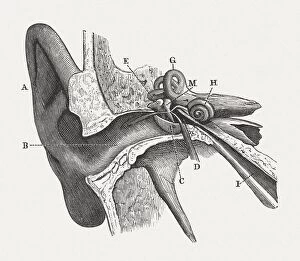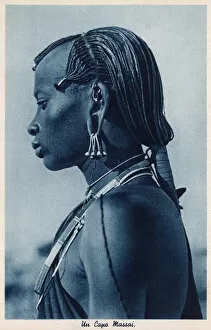Earlobe Collection
"Exploring the Cultural Significance of Earlobes: From Kenya to the Amazon" Discovering the diverse customs and traditions surrounding earlobes
All Professionally Made to Order for Quick Shipping
"Exploring the Cultural Significance of Earlobes: From Kenya to the Amazon" Discovering the diverse customs and traditions surrounding earlobes, we embark on a journey that takes us from the Meru Tribe in Kenya, East Africa, to the Botocudo natives of the Amazon. In 1836, Karl Joseph Brodtmann's lithograph showcased busts and profiles adorned with plugs in earlobes and lower lips, providing a glimpse into these unique body modifications. The Botocudo tribe captured attention with their striking plug face decoration, as depicted in colorful engravings showcasing their distinct style. These indigenous people proudly displayed their cultural heritage through intricate adornments. Further delving into South America's rich tapestry of tribes, we encounter native men from Aroaqui tribe featured in an atlas documenting a journey through Brazil. Their traditional fashion choices highlight not only their individuality but also their connection to ancestral roots. Meanwhile, an exploration into anatomy reveals how our ears play a vital role in perceiving sound. Published in 1861, an illustration depicting human eyes and ears reminds us of the remarkable complexity within our own bodies. Shifting gears towards Northumberland England's countryside scenery brings forth unexpected imagery - roosters strutting gracefully across lush green grasslands. These majestic creatures serve as a reminder that even nature itself boasts its own distinctive beauty. From remote African tribes to enchanting landscapes scattered across continents; earlobes become more than just physical features but symbols representing ancient cultures and personal expressions. Let us celebrate this diversity by embracing both our shared humanity and unique individuality found within each lobe-shaped canvas.

